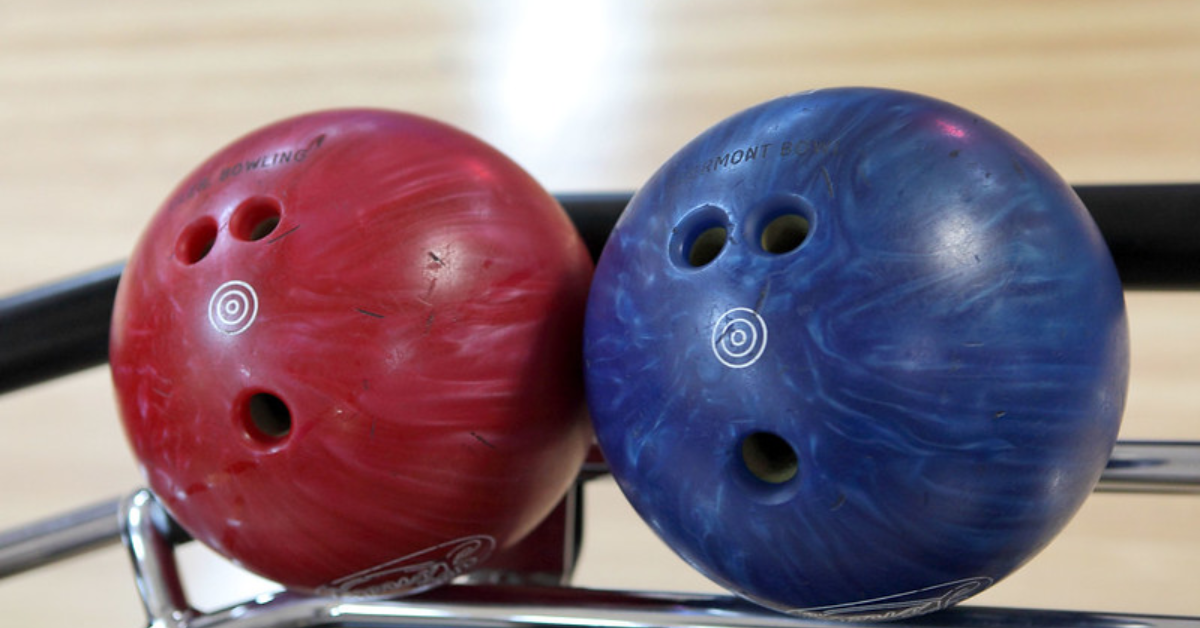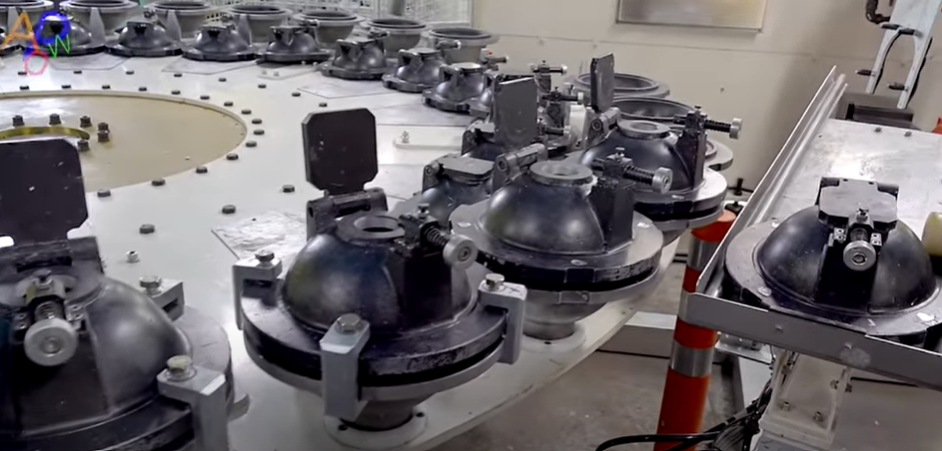Most of us probably know that a bowling ball is the last thing that you want to accidentally drop on your foot. I remember I was eight or nine, bowling as part of a class trip when I had a close call.
I insisted on playing with a bowling ball that was too heavy for me because, you know, stubborn me, I just had to prove I could roll with the big boys. Anyways, in one of the rounds, I dropped my ball and it landed half an inch away from the part of my shoe where my little pinky toe was. I could feel the ball smack the ground beside me, and all I could think of was thank goodness that wasn’t actually on my foot.

But that’s about all I knew/know about bowling balls. They’re heavy and definitely not something you’d want to accidentally drop onto your foot. But what makes them so heavy exactly?
Well, it might have seemed like a mystery up until now when the Lord Field factory in Yongin, Gyeonggi Province of South Korea opened its doors to a tour of their bowling ball factory.

They showed off an in-depth look at the process that goes into making their well-known bowling balls. It is definitely much more complicated than we might have initially thought. For one, it takes two different molds and parts to create one single ball.


In addition to that, there is also a fair about of specialized handcrafted work that goes into creating one of these balls. It’s not just all robotic assembly lines.
Who would’ve guessed that this is the process that goes into making a bowling ball? Interesting, right?
Check it out below:
What do you think of the bowling ball process? Did you know any of this? Let us know!













